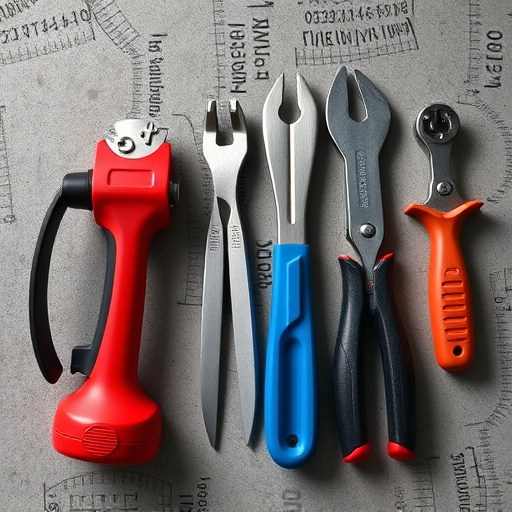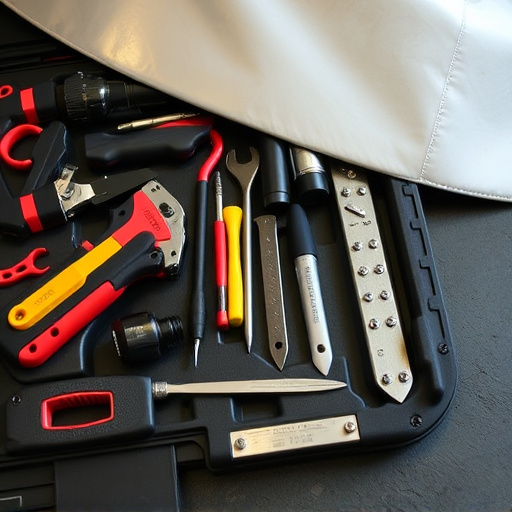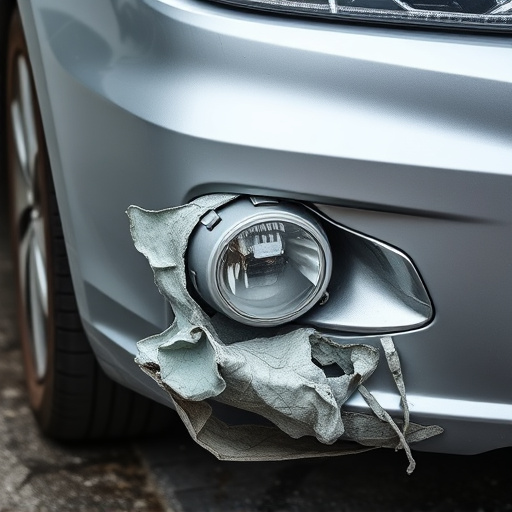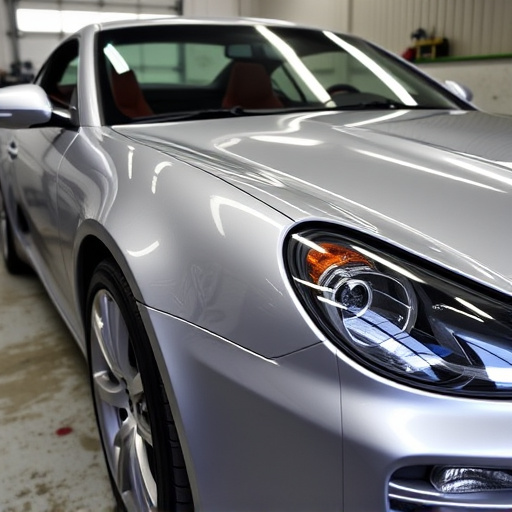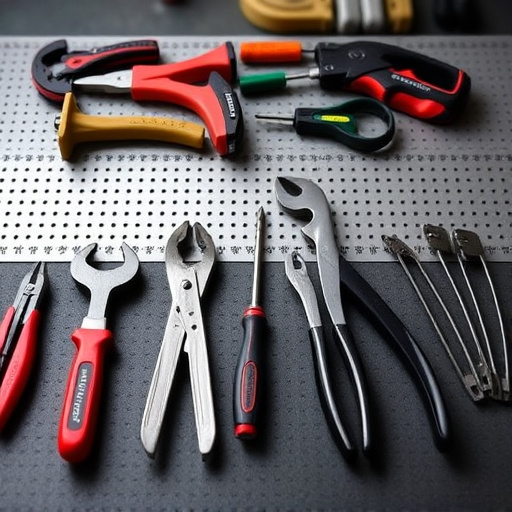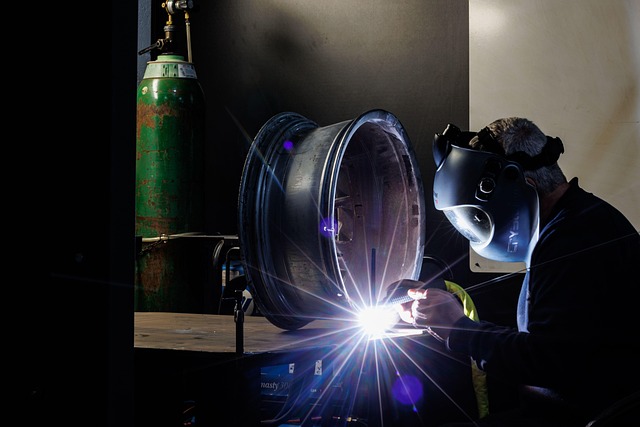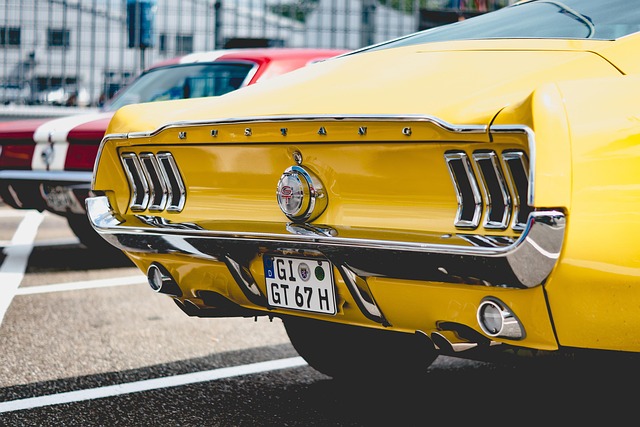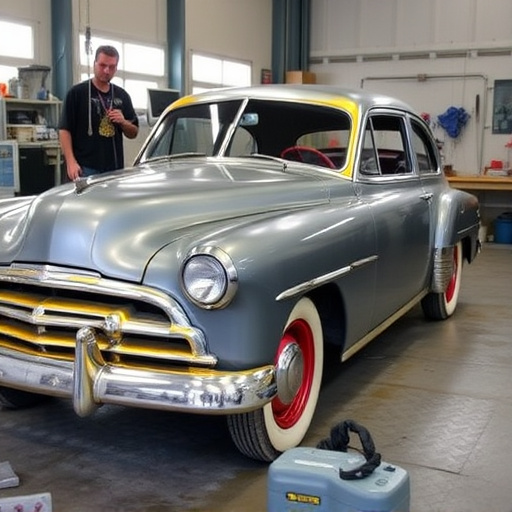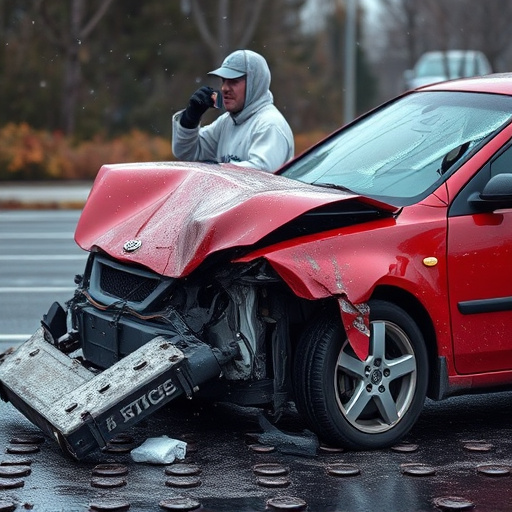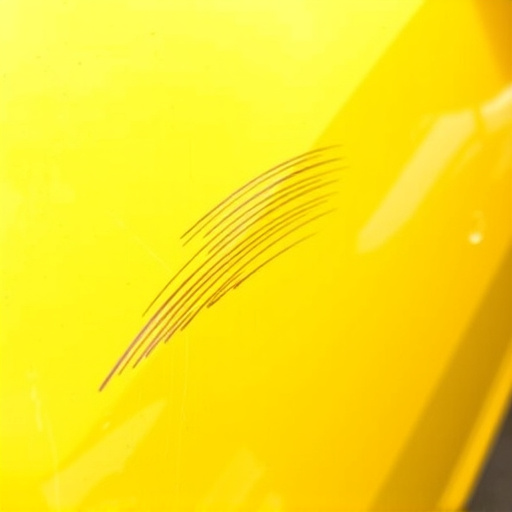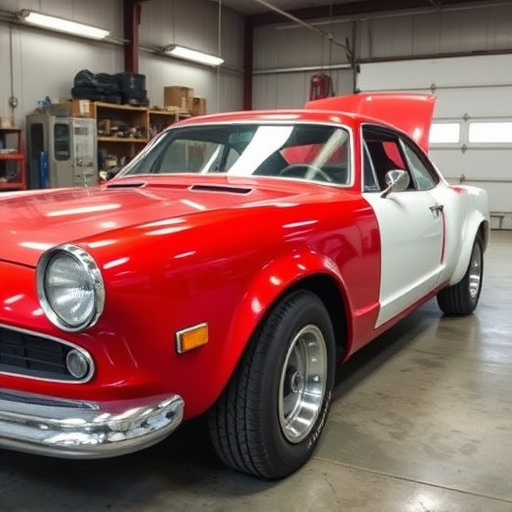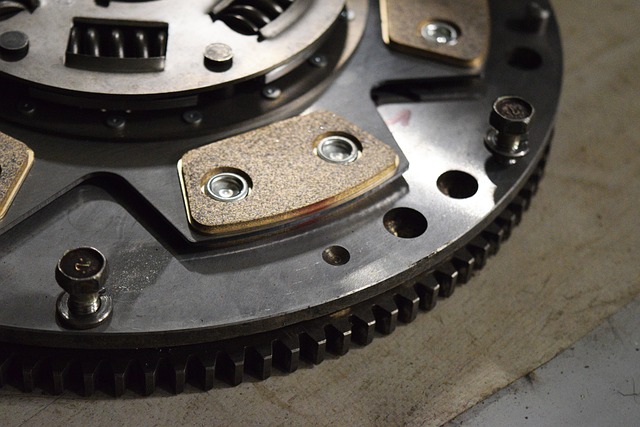Mercedes glass sensor calibration is vital for vehicle safety and efficiency, enabling features like automatic windows and ADAS. Regular calibration prevents issues caused by environmental factors or accidents, impacting functionality and driver experience. Specialized software and tools are used to adjust sensors accurately, following manufacturer guidelines, to restore optimal performance and enhance road safety, particularly for commercial fleets.
In the realm of modern automotive technology, Mercedes glass sensors play a vital role in enhancing safety and driving experience. Understanding the basics of Mercedes glass sensor calibration is crucial for optimal performance and precision. This article delves into the intricate world of sensor calibration, exploring its significance, common issues, and providing a step-by-step guide to ensure precise results. By grasping these fundamentals, folks can navigate the process effectively, fostering a seamless connection between vehicle and driver.
- The Role of Calibration in Mercedes Glass Sensors
- Common Issues and Their Impact on Performance
- Step-by-Step Calibration Process for Optimal Results
The Role of Calibration in Mercedes Glass Sensors

Mercedes glass sensor calibration plays a pivotal role in ensuring the safety and efficiency of modern vehicle technologies. These sensors, integrated into the car’s windows, are responsible for detecting and interpreting various inputs like touch, pressure, or even the position of the window. Accurate calibration guarantees that these sensors function optimally, enabling features such as automatic roll-up and roll-down mechanisms, one-touch window controls, and advanced driver assistance systems (ADAS).
Regular calibration is crucial in maintaining the integrity of these sensor operations. Over time, environmental factors, wear and tear, or even minor accidents can impact the sensors’ performance. An auto body shop specializing in paintless dent repair and car damage repair often includes glass sensor calibration as part of their comprehensive service to restore not just the physical appearance but also the functionality of vehicles, enhancing safety and driver experience alike.
Common Issues and Their Impact on Performance

In the realm of Mercedes glass sensor calibration, common issues can significantly impact vehicle performance and safety features. Malfunctions in these sensors, which are responsible for detecting obstacles and monitoring vehicle surroundings, can lead to hazardous situations. For instance, a misaligned or calibrated sensor might fail to detect an approaching object, resulting in collisions or damage to the vehicle’s windshield. Similarly, inaccurate calibration can affect the operation of advanced driver-assistance systems (ADAS), such as adaptive cruise control and lane-keeping assist, compromising the overall driving experience and passenger safety.
When it comes to fleet repair services or regular car body shop maintenance, proper Mercedes glass sensor calibration is paramount. Unaddressed issues can lead to costly repairs or even legal implications related to vehicle safety standards. Regular checks and calibrations ensure that these sensors function optimally, enhancing road safety and the overall reliability of the vehicle. This is especially crucial for commercial fleets where frequent use and varying driving conditions demand consistent sensor performance.
Step-by-Step Calibration Process for Optimal Results

To achieve optimal results during Mercedes glass sensor calibration, follow a systematic step-by-step process. Begin by ensuring your work area is well-lit and clear of debris to maintain precision. Next, power on the vehicle’s electrical system and allow sensors to warm up for several minutes before initiating calibration. Using specialized tools and software designed for Mercedes vehicles, input the necessary parameters based on the specific glass sensor model and vehicle year.
Proceed with calibrating each sensor individually, ensuring they all align within specified tolerances. This involves sending precise electronic signals through each sensor while monitoring their response. Any discrepancies will require adjustment, often achieved by tightening or modifying connections, adjusting internal settings, or replacing faulty components. Regularly verify progress against manufacturer guidelines and make notes for future reference in both vehicle restoration and collision repair center settings.
Mercedes glass sensor calibration is a critical process that ensures optimal performance and reliability of your vehicle’s advanced safety features. By understanding common issues and following a step-by-step calibration process, car owners can significantly enhance their driving experience and peace of mind. Mastering the basics of Mercedes glass sensor calibration empowers you to navigate potential problems and keep your vehicle operating at its best.
